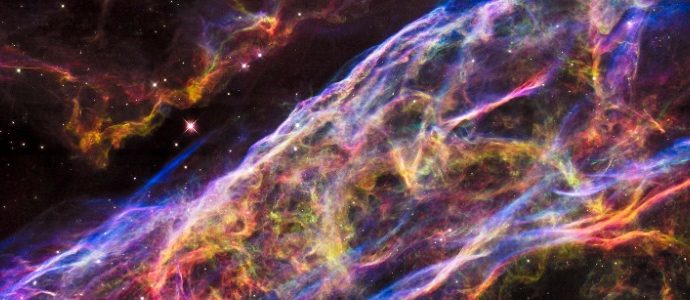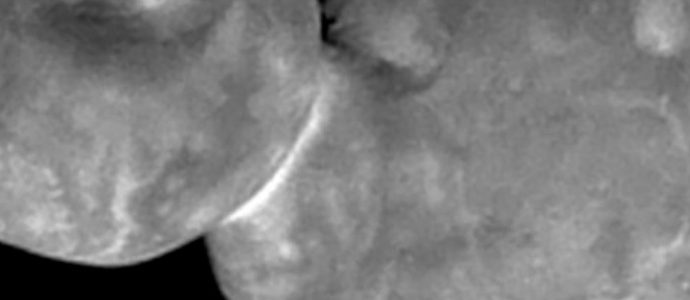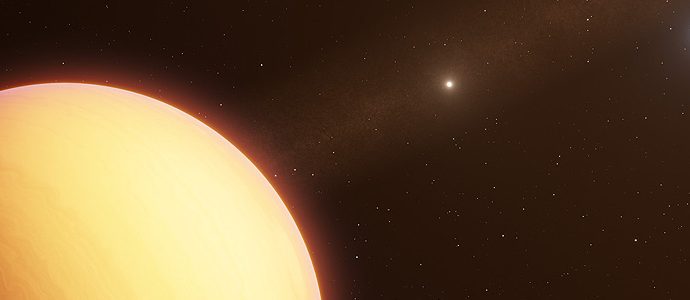Earth May Be Passing Through the Debris of Ancient Supernovae
The solar system appears to have been traveling through the molecular remnants of ancient supernovae for the past 33,000 years, at least according to the presence of a rare type of iron that shouldn’t even exist on Earth. Born in the fiery collapse of massive stars as they explode into supernovae,read more


